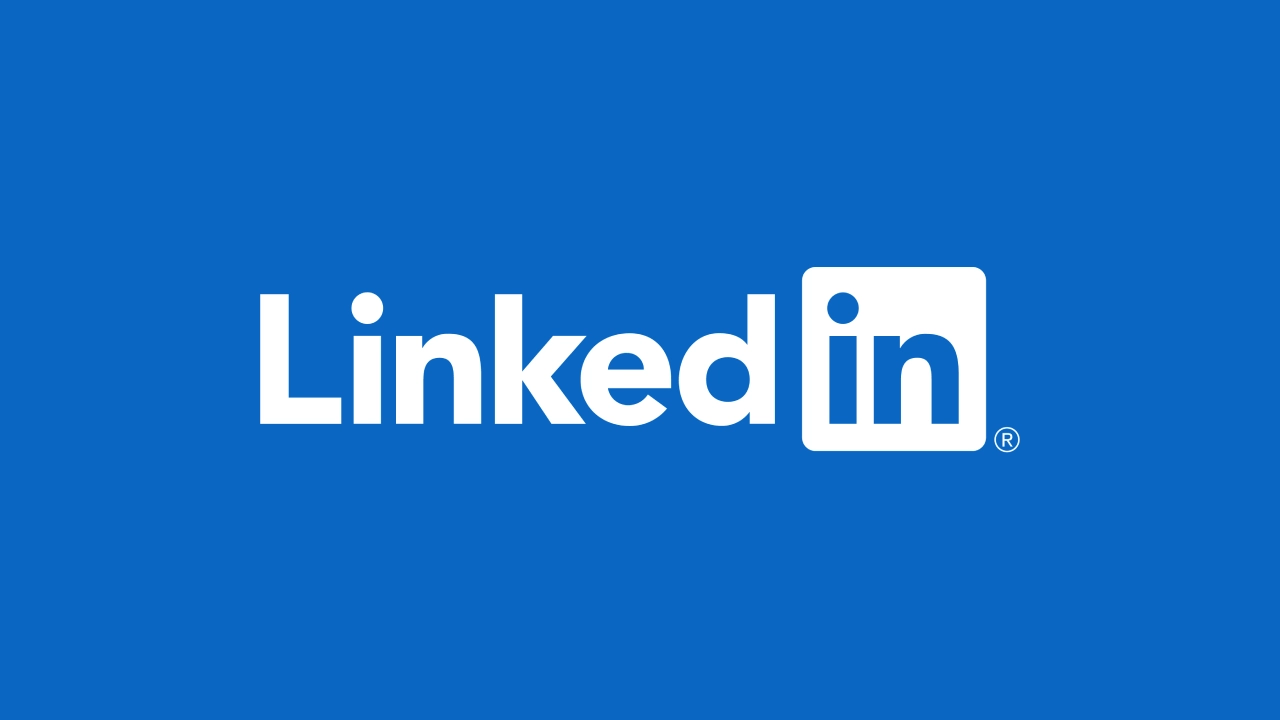Copyright techgenyz

LinkedIn AI training begins Nov 3, 2025, using EU, EEA, and Swiss user data.Data includes public profiles, posts, and job info, excluding private messages.The policy relies on GDPR’s “legitimate interest” principle.Users can opt out via LinkedIn’s Data Privacy settings before rollout.LinkedIn AI training aims to improve job matching, writing, and profile tools. What You Should Know LinkedIn, the world’s largest professional networking site, announced a significant policy change: starting on November 3, 2025, it will use data from European users — those in the EU, EEA, and Switzerland — to train its AI models. This policy change marks the beginning of a growing trend among tech companies of using user-generated content to train generative AI systems. Up until now, LinkedIn had excluded user data from Europe from AI training due to stricter privacy laws under the General Data Protection Regulation (GDPR). However, it says it has now updated its privacy policy and data processing terms to allow its LinkedIn AI training practices to comply with European data standards. What Data Will Be Used LinkedIn mentioned that the data will largely consist of public and semi-public content already visible to other LinkedIn members. This information includes: Profile data, including name, headline, job title, education, skills, and profile photo. Public activity – posts, comments, articles shared, poll answers, and group activity. Information related to employment, such as CV details or job application responses submitted through LinkedIn’s job application tools. Interaction with LinkedIn’s AI tools — including writing assistants, search prompts, or automated job recommendations. It’s also worth mentioning that LinkedIn DISABLED the use of private messages (DMs) for LinkedIn AI training. Similarly, accounts linked to minors (under 18) will also be excluded. The company said the purpose of this data is to help “improve generative AI features” that aim to support users with their profiles, writing posts, and better job matching. The Legal Basis: “Legitimate Interest” LinkedIn is using this new use of personal data under a GDPR principle called “legitimate interest.” This means, rather than getting explicit consent from its users, it argues that using data to train AI models is legitimate, necessary for continuously improving its products and services, and does not outweigh anyone’s privacy rights. Unfortunately, this justification is already receiving scrutiny. The Dutch Data Protection Authority (Autoriteit Persoonsgegevens) and other European privacy officials have expressed concerns that this may push the boundaries of “legitimate interest.”They contend that large-scale AI model training is data processing that users could not reasonably have foreseen when they first set up their LinkedIn accounts, which may have been years ago. The Controversy and Privacy Issues Privacy experts warn that once personal data is used to train a generative AI model, it can become virtually irreversible. Data used for machine learning cannot be easily removed once incorporated into the model, unlike stored text or images, which can be deleted upon request. This means users lose some control over how their information is used in the long run. It also raises concerns that sensitive data — for example, posts or comments that reveal political insights, religious values, or health status — could happen to be included in the LinkedIn AI training dataset. The Dutch and Belgian data protection authorities have advised users to check their privacy settings before 3 November and to consider submitting an objection if they do not want their data included in LinkedIn AI training. How to Opt Out As an automatic enrollee in the data-sharing program, LinkedIn uses data from all European users. The good news is you can opt out by following these steps manually: On LinkedIn, go to Settings & Privacy.Choose Data Privacy → Data for Generative AI Improvement.Turn the setting off. Alternatively, users can officially articulate a data processing objection through LinkedIn’s Data Processing Objection Form on the company’s Privacy Portal. Authorities have suggested this be done before the November rollout to ensure they have time to address the objection. Why LinkedIn is Doing this According to LinkedIn, using member data to train AI will mean a significantly more intelligent and contextually relevant experience on the platform. They are designing generative features for AI that will help users write job descriptions, adapt resumes, create posts, and even provide personalized information about their careers. LinkedIn argues that these features need real-world professional data to learn the subtleties of workplace communications, job trends, and industry language. “We want to make LinkedIn more helpful for every professional,” the company states. “Training our AI systems with anonymized and representative member data helps us improve these tools responsibly.” Wider Implications This move puts LinkedIn in the middle of the broader ethical and regulatory debate over the tensions between innovation and privacy. This is occurring at the same time that European regulators are exploring whether LinkedIn’s practices align with the GDPR, and a similar discussion is emerging at other tech companies like Google, Meta, and OpenAI as they, too, update their LinkedIn AI training policies. For users, this development points to another reality of the AI era: the data we shared years ago, intended for professional use, could be reborn today through machine learning. Although LinkedIn assures transparency and control over its process, ultimately, it is the user’s responsibility to understand and act to protect their data. As Europe strengthens its focus on digital rights and accountability for AI, LinkedIn’s move will likely become a significant test case for how global platforms choose to interact with and leverage user data in the age of generative AI.



